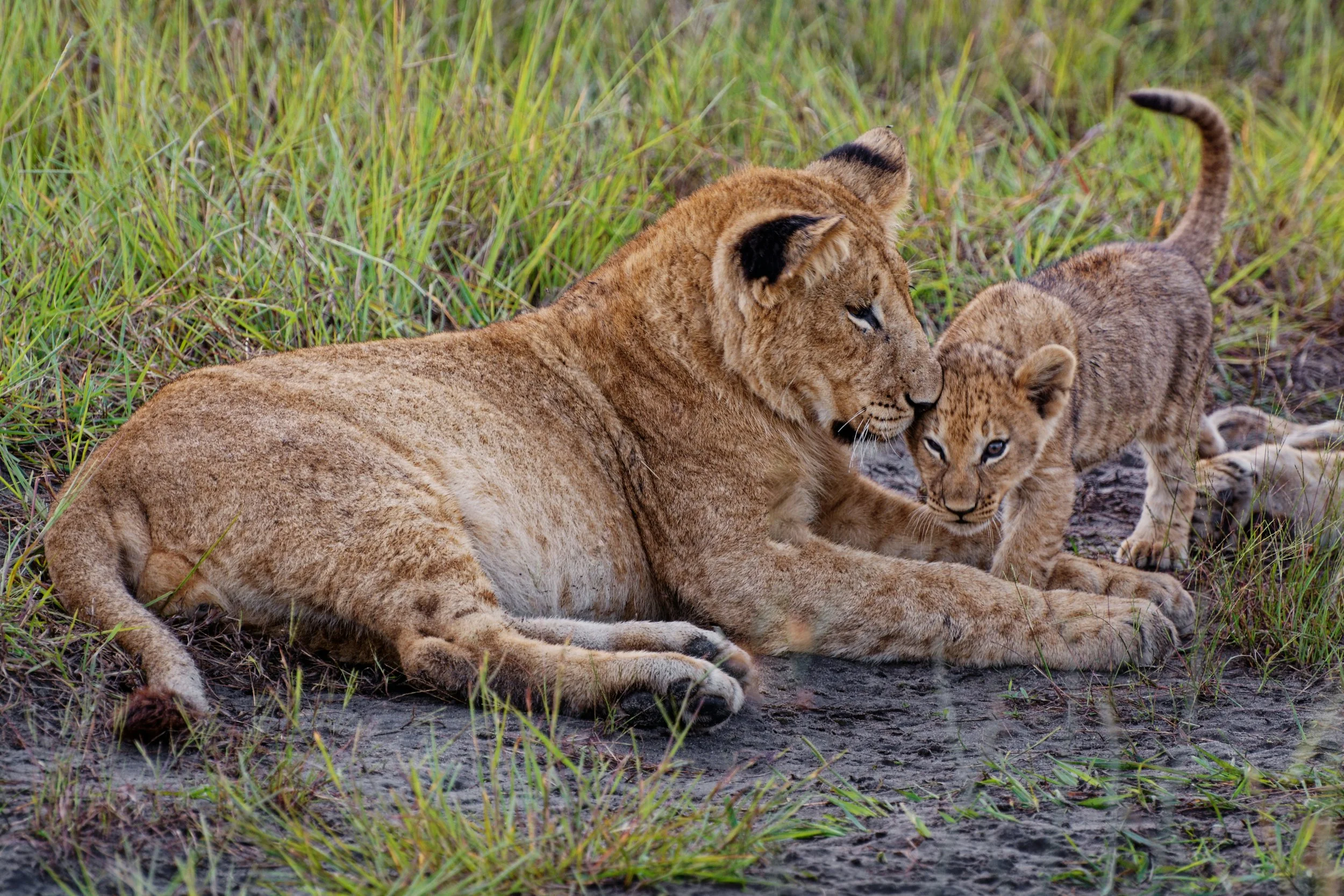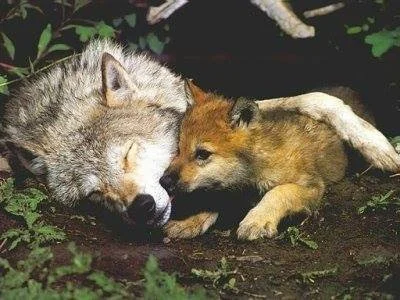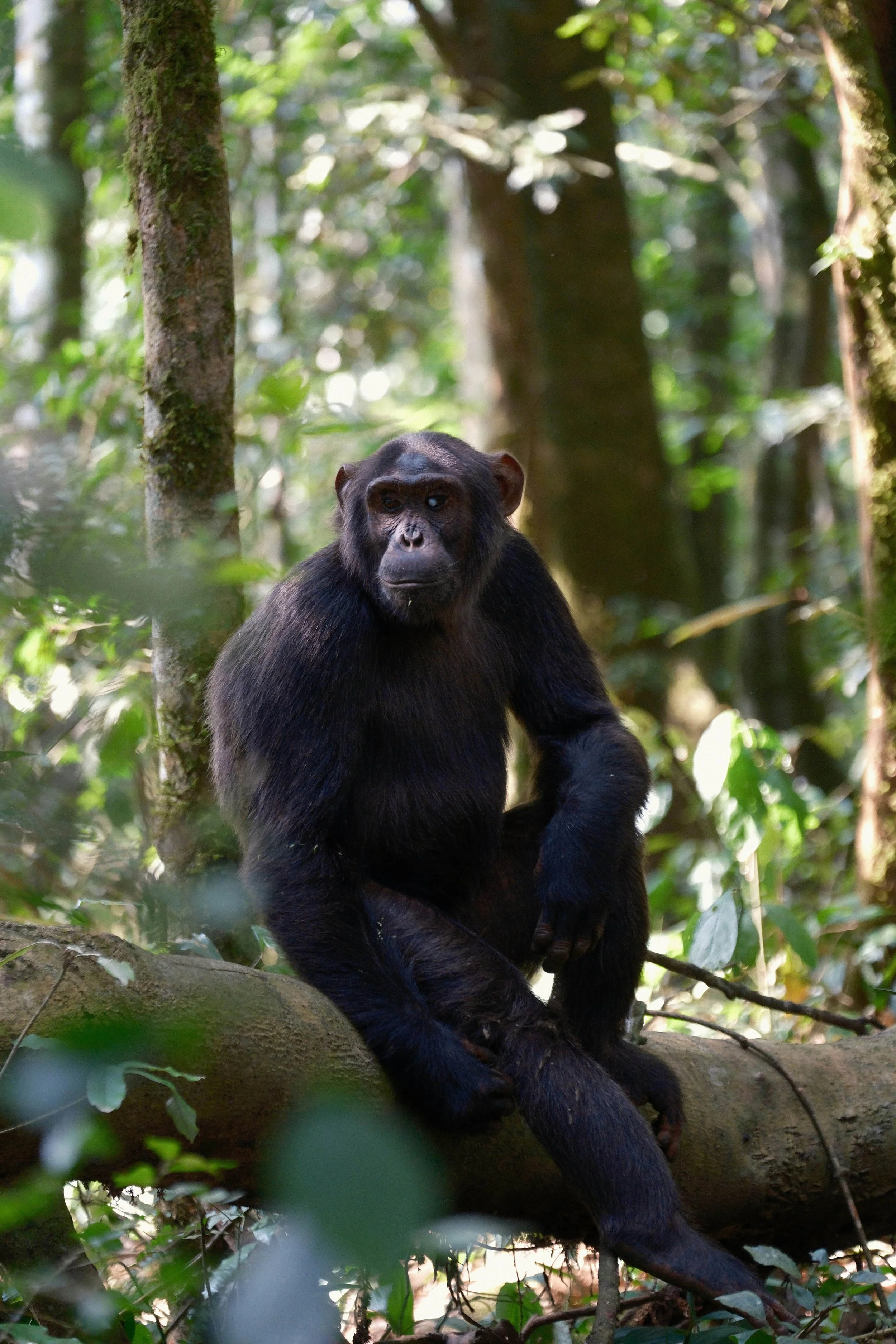Our journal is a collection of 50+ years of experiences and wisdom from our community. We welcome positive, insightful feedback, input and if you want to become a Guest Goddess to write your own post please visit the link in the menu.
CATEGORIES
CONTENT
- ADAPTOGENS
- ADOPT DON'T SHOP
- ADVOCACY
- AMERICAN ESKIMO DOG
- ANCESTORS
- ANIMAL WELFARE
- ANIMALS
- AUSTRALIAN SHEPHERD DOG
- BEHAVIOUR
- BEST FRIEND
- BONDING
- BREEDS OF DOGS
- CAMPING
- CANINE
- CANINE ANATOMY
- CANINE CPR
- CANINE DNA
- CANINE FIRST AID
- CANINE HEALTH
- CANINE HEALTH TESTS
- CANINE NUTRITION
- CHAKRAS
- COLLARS
- COMMUNITY
- COYOTES
- CRATE TRAINING
- CULTURES
- Canine Nutrition
- DISABLED COMMUNITY
- DOG AGE
- DOG BREEDS
- DOG SITTING
- DOG TREATS
- DOG WALKING
- DOG WHISPERER
- DOGS
- DOLPHINS
- DREAMS
- Dog Cookies
- Dog Safety
- Dog Supplies
- Dog Treats
- Doggie Dental
- EQUINE
- EQUINE HEALTH
- FLEA PREVENTATIVES
- FLEA PREVENTION
- FLEA TREATMENTS
- FLEAS
- GODDESS
REASONS FOR HOPE ABOUT THE PLANET’S FUTURE
Lioness and Cubs
“Reasons For Hope About the Planet’s Future”. Sixth in a Series of Seven Articles from The Dog Goddess as a ‘Tribute To Jane Goodall”. We encourage you to read and share them all and to watch and share their accompanying videos as well.
JANE GOODALL - “REASONS FOR HOPE ABOUT THE PLANET’S FUTURE”
#janegoodall #the_dog_goddess #dogs #wolves #horses #dolphins #animals #nature #wild #planet #earth #hope #love
Even in the face of climate challenges, environmental degradation, and human conflict, Jane Goodall offered hope. She taught that small, mindful actions, along with what is now referred to as ‘heart-brain coherence’ , when combined, create profound change. Every tree planted, every rescued animal, every community educated about sustainability contributes to a healthier planet.
Lioness And Cubs- Credit: Colin Watts-Unsplash
This is the Sixth In A Seven Part Series of Journal Articles from The Dog Goddess as a ‘Tribute To Jane Goodall’. We encourage you to read and share all of them and watch their accompanying videos and share them as well. The Dog Goddess mission aligns with this philosophy. By teaching humans to understand and respect dogs, wolves, horses, dolphins, and other animals, we foster stewardship, compassion, and awareness. Animals are guides to inspire hope: they remind us that our actions matter and that we are capable of positive transformation. Through connection, observation, and care, humans can become active participants in preserving life on Earth.
COME JOIN OUR PACK! AND LET’S UNITE IN CONNECTING HUMANS AND OUR BELOVED ANIMAL BROTHERS AND SISTERS ALL OVER THE WORLD.
DR. JANE GOODALL REFLECTS ON A LIFE OF BRIDGE-BUILDING
Mother And Baby Wolf Sleeping In Forest
Dr. Jane Goodall Reflects On A Lifetime Of Bridge-Building Between Species
Jane Goodall’s work has always been about ‘building bridges’- between species, between humans and nature, and between hearts. Her research connected us to the emotional lives of chimpanzees, while her advocacy connected us to the responsibility we all have to care for the Earth. Mother Earth.
DR. JANE GOODALL REFLECTS ON A LIFETIME OF BRIDGE-BUILDING
#janegoodall #the_dog_goddess #bridgebuilding #bridge #liaison #animals #wild #environment #dogs #wolves #horses #dolphins #cats #chimpanzees #nature
The Dog Goddess carries a similar philosophy. This is the Fifth article in a Series of Seven from The Dog Goddess as a ‘Tribute To Jane Goodall.’ *We encourage you to read and share all of them and watch their accompanying videos and share those as well. By fostering connections between humans and animals- particularly dogs, wolves, horses, and dolphins- we create pathways for understanding, empathy, and protection. Our mission is to clearly demonstrate to humans that these animals are intelligent, compassionate, and worthy of our respect and protection. Through storytelling, observation, and education, we continue Jane’s bridge-building legacy, inviting all to step closer to the natural world and to see themselves as part of a larger global family of life. You can join us as a ‘liaison between the human and animal realms’.
Mother and Baby Wolf Sleeping In The Forest
COME JOIN OUR PACK! AND LET’S UNITE IN CONNECTING HUMANS AND OUR BELOVED ANIMAL BROTHERS AND SISTERS ALL OVER THE WORLD.
WE ARE A PART OF NATURE, NOT APART FROM IT
“We Are A Part Of Nature, Not Apart From It”.
Dolphins Swimming In Ocean
Humans often forget that we are not separate’ from nature- we are part of an intricate web of life. Jane Goodall’s observations remind us that every action has a ripple effect.
When we destroy habitats, mistreat animals, or pollute ecosystems, we are affecting ourselves just as much as as the creatures around us.
We Are A Part of Nature, Not Apart From It.
Jane Goodall Speaks at Stockholm Climate Week.
#Janegoodall #climate #nature #the_dog_goddess #dogs #wolves #horses #dolphins #humans
We Are A Part Of Nature, Not Apart From It. Dolphins Swimming In Ocean. Credit: Mike Dierken-Unsplash
This is the Fourth article in a Series of Seven from The Dog Goddess as a ‘Tribute To Jane Goodall’. We encourage you to read and share all of them and to watch and share the accompanying videos as well. At The Dog Goddess, we emphasize that dogs, wolves, horses, and dolphins are not merely companions or entertainers, ( they should NEVER be looked at as any form of entertainment)- these beloved animal brothers and sisters are teachers of empathy, guardians of the natural order, and they are mirrors of our own behavior. Through understanding and respecting their needs, behaviors, and instincts, we reconnect with nature and ourselves. Each moment observing, rescuing, or simply honoring these animals is in itself, an ‘act of reverence’ - a continuation of Jane’s mission to ‘remind humanity’ that we ‘belong in the great circle of life.’
COME JOIN OUR PACK! AND LET’S UNITE IN CONNECTING HUMANS AND OUR BELOVED ANIMAL BROTHERS AND SISTERS ALL OVER THE WORLD.
Lessons from a lifetime defending nature
JANE GOODALL - LESSONS FROM A LIFETIME DEFENDING NATURE
HERD OF HORSES MARESA ND FOALS WALKING IN GREEN FIELD
Jane Goodall’s lifetime is a lesson in dedication, courage, and deep compassion.
Beginning with her immersive research in the Gombe Stream National park, she revealed the intelligence, emotions, and social complexity of chimpanzees, fundamentally changing ‘how’ humans ‘perceive’ the Natural world. But her work didn’t stop there- in fact it was only just beginning to unfold.
Jane became an activist, a teacher, and a Global Advocate, reminding all of us that protecting nature requires persistent, mindful effort.
Lessons From a Lifetime Defending Nature.
“ A Lifetime Defending Nature, Jane Goodall’s lessons are ‘reminders’ that we, too, are ‘Guardians’ of the Earth.
Herd Of Horses, Mares and Foals Walking In Green Field- Credit: Unsplash
The Dog Goddess aligns with this vision. *This is the Second in a Series of Seven Articles from The Dog Goddess as a ‘Tribute To Jane Goodall’. We encourage you to read and share all of them and watch their accompanying videos and share them as well. Just as Jane encouraged humans to understand and defend wildlife, we encourage humans to connect with dogs, wolves, horses and dolphins as sentient wise beings with lessons to share. From guiding humans to ‘respect’ wolf ancestry in our domestic dogs, to teaching about the Spirit and freedom of our Wild Horses, we create a ‘bridge’ between species, reflecting Jane’s philosophy : “What you do makes a difference, and you have to decide what ‘kind’ of difference you want to make. “
Come Join our Pack! and let’s Unite in connecting humans and our beloved animal brothers and sisters all over the world.
Hope is what keeps us moving forward
Jane Goodall- Hope Is What Keeps Us Moving Forward.
Chimpanzee In Forest
Chimpanzee in Forest- Credit: Unsplash- Simone Dinoia
Hope is more than a fleeting emotion; it is the foundation of courage, resilience, and purpose. Jane Goodall’s life reminds us that even in moments of uncertainty, hope is what ‘drives’ action. From her early years observing chimpanzees in the forests of Gombe, to her global advocacy for wildlife and the environment, she has demonstrated that one individual’s commitment can ripple across the entire world.
“Why We Should Be Hopeful”
“Hope is what keeps us moving forward”
#JaneGoodall #hope #the_dog_goddess #dogsandwolves #animalspirits
At The Dog Goddess, we mirror this mission by inspiring humans to see dogs, wolves, horses and dolphins, as well as other animals not as separate beings, but as guides and teachers. This is the first of Seven journal articles from The Dog Goddess as a ‘Tribute to Jane Goodall’ . We encourage you to read and share all of them, and watch their accompanying videos as well. Hope is the sacred thread ‘connecting’ humans to these animals, helping us to understand the sacred interdependence of life. By embracing hope in our own daily actions- rescuing a dog, protecting a wild horse, or advocating for dolphin conservation- we honor Jane’s legacy and ignite positive change in our communities all over the world. Come Join our Pack! and Let’s Unite In connecting humans and our beloved animal brothers and sisters all over the world.
THE GREATER THE DEGREE OF ANIMAL WELFARE, THE MORE COMPASSIONATE AND LEVELHEADED THE GENERAL POPULATION
GIRL PETTING THREE AUSTRALIAN SHEPHERD DOGS
In recent years, the correlation between animal welfare and the overall well-being of society has garnered significant attention. This relationship underscores a profound truth: the way we treat animals is a reflection of our collective humanity, influencing the very fabric of our societal structure and our interactions with one another. An elevated standard of animal welfare is indicative of a compassionate and levelheaded society, fostering a more harmonious and empathetic world.
The Ethical Imperative of Animal Welfare
Animal welfare encompasses the physical and psychological well-being of animals, ensuring they are treated with respect, care, and kindness. It is rooted in the ethical belief that animals, as sentient beings, deserve to live free from unnecessary suffering. This ethical stance extends beyond mere moral obligation; it is a reflection of our values as a society. When we prioritize animal welfare, we demonstrate a commitment to empathy, respect for life, and a recognition of the intrinsic value of all living beings.
Societal Compassion and Empathy
Empathy is the cornerstone of a compassionate society. When individuals learn to empathize with animals, they often extend this empathy to fellow humans. Research has shown that people who engage in compassionate behaviors toward animals are more likely to exhibit prosocial behaviors, such as volunteering, helping strangers, and supporting social justice causes. This ripple effect of kindness can lead to a more cohesive and supportive community, where individuals look out for one another and work together toward common goals.
The Psychological Benefits of Compassion
Compassionate behavior towards animals can also have profound psychological benefits for individuals. Interacting with animals has been shown to reduce stress, anxiety, and depression. For instance, pet therapy programs in hospitals and care facilities have demonstrated significant improvements in patients' mental health and overall well-being. These positive psychological effects contribute to a more levelheaded populace, capable of managing stress and emotional challenges more effectively.
Educating for Empathy
Education plays a pivotal role in fostering a culture of compassion and empathy. Integrating animal welfare education into school curricula can teach children the importance of kindness, responsibility, and respect for all living beings. Schools that incorporate programs on animal care and welfare often report improved social behaviors among students, such as reduced bullying and increased cooperation. These early lessons in empathy and compassion can shape individuals who are more attuned to the needs and feelings of others, creating a more empathetic and understanding society.
Policy and Community Impact
A society that values animal welfare often sees this reflected in its policies and community practices. Legislation that protects animal rights and promotes humane treatment is a hallmark of a progressive society. Such policies not only safeguard animals but also signify a broader commitment to justice and equity. Communities that prioritize animal welfare typically exhibit higher levels of civic engagement, volunteerism, and social cohesion. These communities understand that the well-being of animals is intertwined with the well-being of people.
The Global Perspective
On a global scale, the treatment of animals can serve as a barometer for societal progress. Countries that have robust animal welfare laws and practices tend to rank higher in global happiness and well-being indices. This correlation suggests that the values underpinning animal welfare—compassion, empathy, and respect for life—are integral to the overall quality of life in a society. By advocating for higher standards of animal welfare, we contribute to the creation of a more compassionate and balanced world.
The degree of animal welfare in a society is a powerful indicator of its moral and ethical compass. When we treat animals with kindness and respect, we cultivate a culture of empathy and compassion that permeates all aspects of society. This, in turn, leads to a more harmonious, levelheaded, and supportive community. By recognizing the intrinsic connection between animal welfare and societal well-being, we can strive to create a world where kindness, empathy, and respect are the guiding principles for all our interactions, both with animals and with one another.
References:
Compassionate Behavior and Societal Well-being
Ascione, F. R. (1992). Enhancing children's attitudes about the humane treatment of animals: Generalization to human-directed empathy. Anthrozoös, 5(3), 176-191.
Paul, E. S., & Serpell, J. A. (1993). Childhood pet keeping and humane attitudes in young adulthood. Animal Welfare, 2(4), 321-337.
Psychological Benefits of Compassionate Behavior Towards Animals
Beetz, A., Uvnäs-Moberg, K., Julius, H., & Kotrschal, K. (2012). Psychosocial and psychophysiological effects of human-animal interactions: The possible role of oxytocin. Frontiers in Psychology, 3, 234.
Educational Impact on Empathy
Daly, B., & Suggs, S. (2010). Teachers’ experiences with humane education and animals: Impacts on empathy, compassion, and responsibility. Journal of Moral Education, 39(1), 101-112.
Policy and Community Impact
European Commission. (2020). Animal Welfare in the EU. Retrieved from European Commission
A MONARCH’S FLIGHT THROUGH TODAYS’ TURBULENT WORLD: CHALLENGES AND TRIUMPHS
MONARCH BUTTERFLY ON RED FLOWER
Although this website is all about a Compassionate Community of Dog Lovers, many of our journal articles include aspects of spirituality and how animals teach us lessons about this. We were out for a neighborhood walk the other day and lit upon this gorgeous home with lush gardens surrounding it and happened upon this beautiful little creature: the Monarch Butterfly, and wanted to share a bit about what we learned about their lives.
Imagine being a Monarch butterfly fluttering through the vast canvas of the world in 2023. As you soar through landscapes adorned with vibrant hues, your graceful wings tell a story of resilience, adaptation, and the challenges faced by one of nature's most magnificent creatures.
Did you know that the journey of a Monarch butterfly begins as an egg laid on the underside of a milkweed leaf. From this tiny embryo emerges a caterpillar, voracious in appetite and steadfast in its determination to consume milkweed—a plant integral to its survival. Yet, in today's world, the landscape is changing. Urbanization, deforestation, and climate fluctuations have altered the ecosystems all over the globe, threatening the sanctuaries where milkweed thrives. As a Monarch, this poses a formidable challenge—a struggle to find suitable habitats for nourishment and reproduction.
Migration—a hallmark of Monarch butterflies—is an odyssey fraught with both peril and wonder. The annual migration from North America to Mexico covers thousands of miles, a feat of endurance for these delicate creatures. I mean, can you even imagine what this journey would feel like in the body of this tiny creature? This journey is perilous, with numerous obstacles along the way. Pesticides, habitat loss, extreme weather events, and human activities disrupt their migratory paths, making survival an arduous endeavor.
Climate change amplifies these challenges, disrupting the delicate balance of nature. Unpredictable weather patterns alter the timing of critical life cycle events, affecting the synchronization between the emergence of butterflies and the availability of nectar-rich flowers. As a Monarch, adapting to these changes demands resilience and flexibility, traits necessary for survival in a world constantly in flux.
Human intervention has offered a glimmer of hope amidst these adversities. Conservation efforts aimed at preserving Monarch habitats, planting milkweed corridors, and raising awareness about their plight have shown promising results. Collaborative initiatives involving governments, scientists, and communities seek to mitigate the threats faced by these majestic creatures. Citizen science projects engage individuals in tracking and monitoring Monarch populations, fostering a sense of responsibility and stewardship towards the environment.
Despite the challenges, being a Monarch butterfly in today's world is not merely a tale of struggle but also one of resilience and hope. The iridescent beauty of these creatures captivates our hearts, reminding us of the fragility and interconnectedness of all life forms. Their journey inspires us to take positive action, to protect and preserve the biodiversity that sustains us all.
The life of a Monarch butterfly in 2023 is a testament to the intricate dance between adaptation and perseverance in a world grappling with environmental changes. Their story urges us to embrace our role as custodians of nature, fostering an environment where these magnificent creatures can thrive alongside us. Through collective efforts and a shared commitment to conservation, we can ensure that the ethereal flight of the Monarch endures for generations to come.
Find out what you can do in your own backyard and local community to help the Magnificent Monarch Butterflies to Thrive, not just to survive. The first most obvious thing you can do is go to your local garden center and purchase milkweed plants and ask the garden center/nursery staff how to best care for them.
















